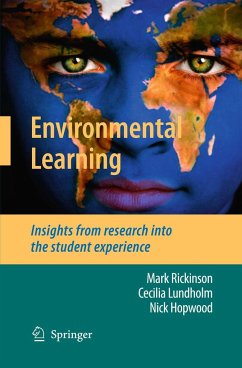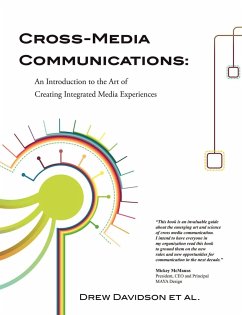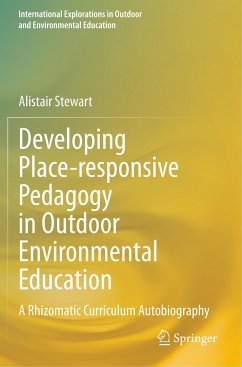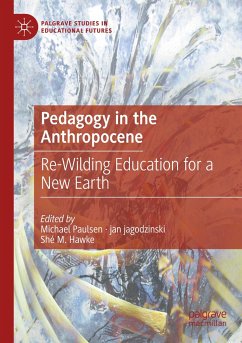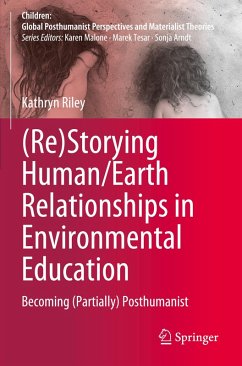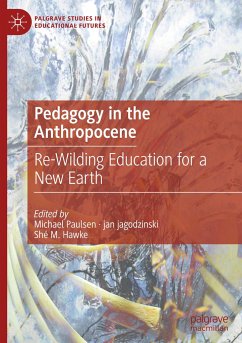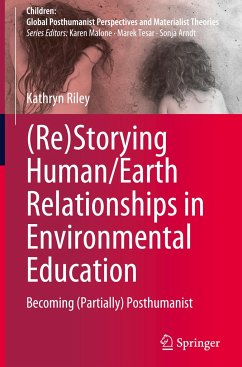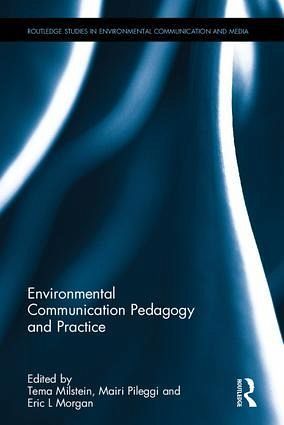
Environmental Communication Pedagogy and Practice

PAYBACK Punkte
103 °P sammeln!
Environmental Communication Pedagogyfills this need for a sustained discussion of environmental communication pedagogy primarily in universities but also with institutions and communities.Drawing on a variety of disciplinary perspectives from the United States, Canada, Europe, Latin America and Australia, and offering cutting edge in-class and out-of-class exercises and activities, this book will be an essential resource for environmental communication educators.




